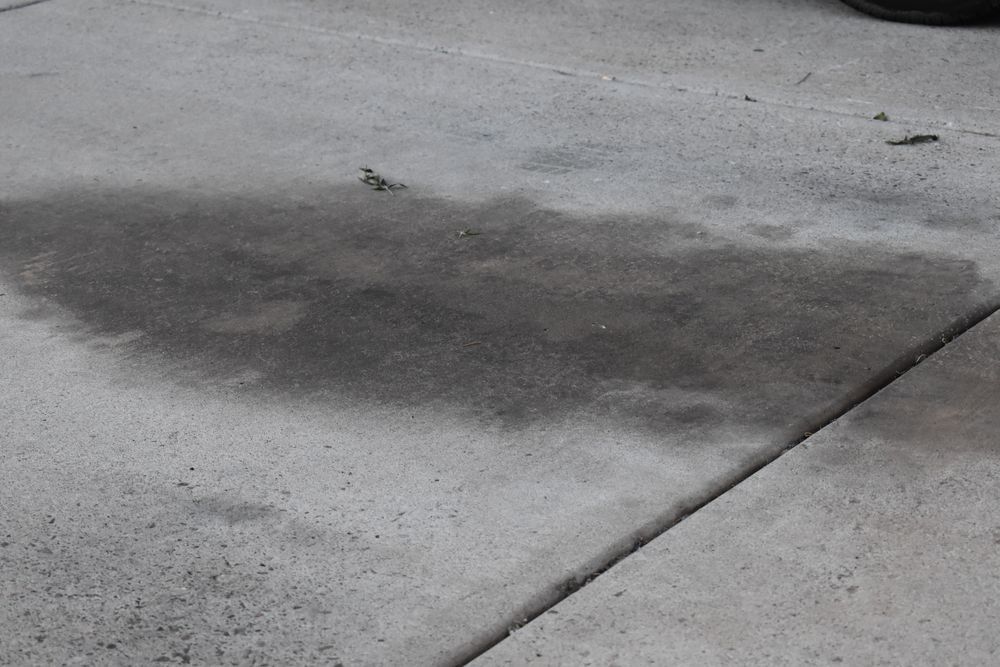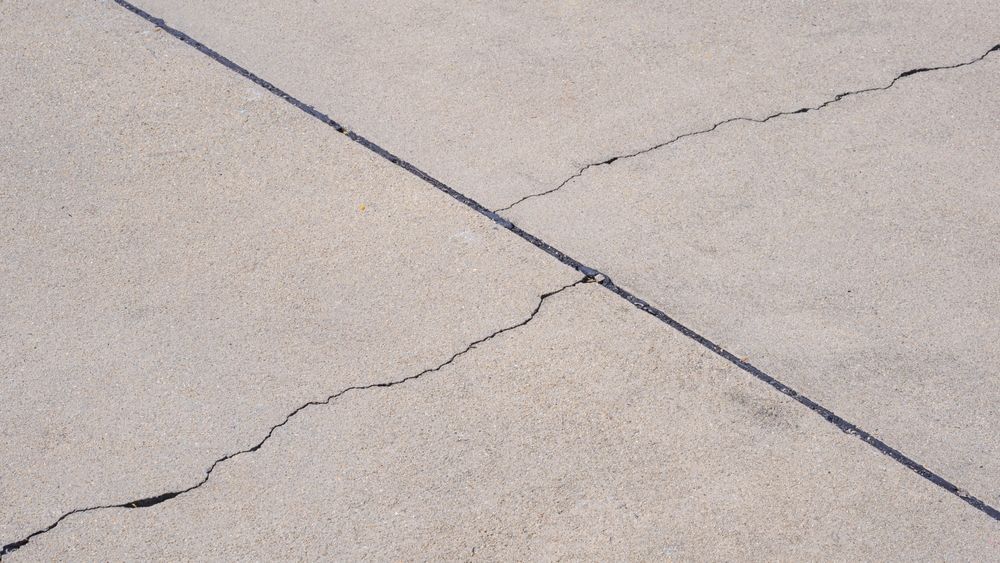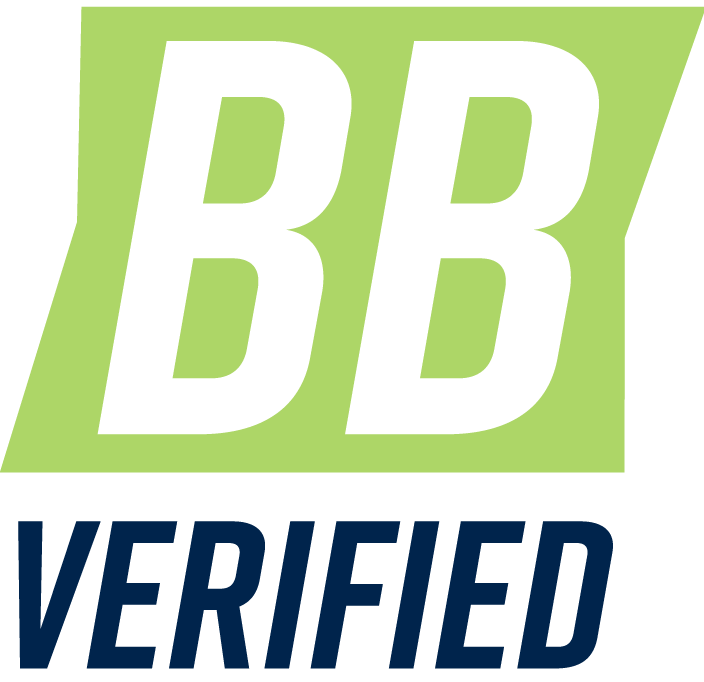How Long Does Concrete Take to Dry and How to Clean It?
When it comes to home improvement projects involving concrete, homeowners often have a lot of questions—from budgeting and drying times to stain removal and crack repair. Understanding the ins and outs of working with concrete can be the difference between a smooth project and a frustrating one. To help, we’ve gathered expert insights from Tom Williams of Discount Contractor Supply, one of the largest masonry supply companies in the U.S., to address your most frequently asked questions. Whether you're planning a new driveway or tackling a DIY repair, these tips will help you navigate the complexities of concrete work with confidence.
How Much Does Concrete Cost?
When beginning any project, budget concerns are always going to be the first thing you want to take into consideration. Budgets can affect not only your final outcome but also your timeline and the overall scope of what’s possible.
The size of the project, design complexity, and type of finish are the most significant cost drivers. Tom Williams notes, “The going rate in [the Midwest] is running around $17 to $18.50 a square foot,” including labor. At a national average, concrete costs range from $4 to $10 per square foot, but intricate designs like stamped patterns or custom edges can quickly increase this figure. Beyond the basics, don't forget to factor in site preparation, local material prices, and labor rates, which can vary widely depending on your location.
It's also important to plan for unexpected costs. For example, if you discover poor soil conditions during excavation, your budget might need to accommodate additional work. By taking the time to consider all these elements, you can create a more accurate estimate and avoid unpleasant surprises. Remember, a well-planned budget not only saves you money but also ensures your project runs smoothly from start to finish.
How Long Does Concrete Take to Dry?
Concrete drying time is influenced by several factors, including thickness, weather conditions, and project type. According to Williams, while a typical driveway may be ready for foot traffic within 24 to 48 hours and can handle driving within a week, “true curing can take up to 28 days.” Moreover, thicker structures, like foundations, may require even longer curing times. It’s crucial to consider these timelines, as premature use can lead to cracking or other damage.
In the Midwest, where temperatures fluctuate and freezing is common, concrete typically requires the full 28 days to cure properly. The freeze-thaw cycles can slow down the drying process, making it crucial to wait before applying heavy loads. In contrast, warmer regions, like the American South, with high temperatures and dry conditions may see faster initial drying times. However, the intense heat can also cause rapid moisture loss, leading to surface cracks if not properly managed. Understanding how your climate affects curing can help ensure a durable, long-lasting concrete project. For best results, allow adequate drying time based on your specific project and local climate conditions.
How to Remove Oil Stains and Paint from Concrete
If your teenage son spills oil on your driveway or you have an accident painting the shutters on your back porch–you may be left with an unsightly stain. And because concrete is porous, it can absorb substances deep below the surface, making stain removal challenging. However, with the right methods and products, it’s possible to restore your surfaces.

For oil stains, a strong degreaser is essential. Products similar to dish soap can break down oil, but you may need to apply and scrub multiple times to fully lift the stain. Avoid using acid-based cleaners, as they can damage the concrete.
For paint spills, a combination of a paint stripper and a pressure washer usually does the trick. Be sure to test the stripper on a small area first to ensure it won’t discolor the concrete.
Rust stains require specialized rust removers designed for concrete. These products are available at most hardware stores and should be applied according to the manufacturer's instructions. For all stains, patience and repeated treatments may be necessary to completely restore your concrete’s appearance. Using the right products and techniques can significantly improve your results.
How to Drill into Concrete
Drilling into concrete requires the right tools and techniques to ensure a clean and precise result. For smaller holes, a hammer drill with a carbide-tipped bit is ideal. The hammering action helps break through the tough concrete while clearing out debris, making it easier to insert anchors or screws.
For larger holes, consider using a rotary hammer drill, which is more powerful and suited for heavy-duty tasks. If you need a perfectly smooth, clean hole—like for installing railings—a core drill with a hollow bit is the best choice.
Once you’ve drilled into your concrete and you’re ready to fasten hardware, make sure to use stainless steel screws for the best results. Unlike other metals, stainless steel won’t rust over time, which is important since concrete can be tough on regular screws. This helps ensure a longer-lasting, safer installation. Whether you’re putting up a railing or mounting something to a wall, using these screws will keep your project in great shape for the long haul.
How to Clean Concrete
If you have the “how hard can it be” gene, cleaning your own concrete might seem like a fun weekend project. But when does a DIY task become more than one person can handle?
When it comes to cleaning concrete, you have two main options: tackle the job yourself or hire professional services. DIY concrete cleaning can be cost-effective and convenient for smaller jobs. A pressure washer, combined with a mild detergent or specialized concrete cleaner, can remove dirt, stains, and grime effectively. It’s a good option if you’re dealing with minor surface stains and have the time and equipment.
However, for larger areas or stubborn stains like oil and rust, professional services may be the better choice. As Williams explains, “[when cleaning an oil-based product out of concrete,] you’ve got to keep on doing it because it will come back as it comes to the surface, and you clean it, it comes back... it could take several runs at it.” However, for larger areas or stubborn stains like oil and rust, professional services may be the better choice. As Williams explains, “[when cleaning an oil-based product out of concrete,] you’ve got to keep on doing it because it will come back as it comes to the surface, and you clean it, it comes back... it could take several runs at it.” Pros have access to industrial-grade equipment and specialized cleaning solutions that can achieve a deeper clean in less time. They can also handle tough stains that DIY methods might struggle with, ensuring a more thorough and long-lasting result.
Ultimately, the choice depends on the scope of the project and the severity of the stains. For small, manageable tasks, DIY can work well, but for more extensive cleaning, professional help might be worth the investment.

How to Fix Cracks in Concrete
Cracks in concrete are inevitable over time, even with the best construction practices. Factors like temperature changes, ground movement, and the natural shrinking of concrete as it cures all contribute to cracking. While it’s impossible to prevent every crack, addressing and repairing them is crucial for maintaining your concrete’s appearance and structural integrity.
For minor cracks, using a concrete crack filler or sealant can temporarily patch the damage. Products like self-leveling urethane caulk are ideal, as they expand and contract with the concrete, helping to minimize further cracking. For larger or more problematic cracks, “chasing the crack” with a diamond grinder to smooth the edges before applying a filler can result in a cleaner, more durable repair.
However, filling a crack is only a temporary fix. Williams emphasizes, "The only way to fix a crack permanently is to remove and replace the affected section entirely. Patching might work temporarily, but it doesn’t address the underlying issues." This is because, while patching and sealing can offer short-term solutions, they don’t address problems like soil movement or poor installation. Replacing the damaged section ensures a fresh, uncracked surface that, when properly installed and cured, will last much longer.
What is Mudjacking?
Mud jacking, also known as slab jacking, is a cost-effective method for lifting and leveling uneven concrete surfaces. The process involves drilling small holes into the affected concrete and injecting a slurry mixture underneath. This mixture fills the voids beneath the slab, raising it back to its original level.
Mud jacking is a viable option when your concrete is in generally good condition but has settled due to soil erosion, poor compaction, or water damage. It's often used for driveways, sidewalks, patios, and other large, flat surfaces. Compared to full replacement, mud jacking is significantly cheaper and faster, with most projects completed in a few hours.
However, mud jacking may not be suitable for all situations. If the concrete is severely cracked, deteriorated, or the underlying soil is unstable, replacement might be a better long-term solution. Mud jacking is ideal for addressing minor settling issues but may not provide a permanent fix for more serious structural problems.
How to Dispose of Concrete
When your project is complete, properly disposing of old concrete is the next important step. The most common method is to hire a professional contractor, who can transport the debris to a landfill, where it’s often accepted as "clean fill" for future construction projects.
For a more eco-friendly approach, consider recycling your old concrete. Some recycling centers and concrete plants will accept clean, broken concrete, crushing it into smaller pieces to be used in new projects, such as roadbeds or as aggregate in fresh concrete mixes.
If you're handling a small project yourself, renting a dumpster or getting in contact with local organizations may be your best bet. Many companies will rent out dumpsters for several days up to several weeks, and haul away the broken concrete once your project is complete. On the other hand, landscaping companies and other local businesses will sometimes accept excess fill, like concrete for their projects. Donating your old concrete to these businesses not only simplifies disposal but also supports local projects and reduces waste by giving the material a second life.
By choosing the right disposal method, you can minimize environmental impact and possibly reduce costs, making your project both practical and sustainable.
Bottom Line
Braving the concrete jungle when embarking on any DIY home improvement project can feel daunting. However, with the right knowledge and preparation, you can tackle everything from budgeting for your project to crack repair with confidence.
However, if you encounter challenges beyond your expertise—whether it’s dealing with unlevel concrete, tough stains, or the need for specialized equipment—don’t hesitate to seek professional help. Check out our listings of reputable concrete contractors near you. These experts can provide precise solutions and ensure your concrete projects are completed safely and effectively, giving you peace of mind and long-lasting results.
Discover
excellent
local
businesses!
Our unique content—articles, ratings, reviews, and videos—help consumers make better purchasing decisions while promoting companies striving to provide customer service excellence.
| Recently Added |
|---|
| Accounting |
| Chiropractors |
| HVAC |
| Moving |
| Physical Therapy |
| Plumbing |
| Windows and Doors |
Is
your
business
in our
directory?
Update your business information to become more visible in our directory. Your lead form will also be activated.
Find your company >






